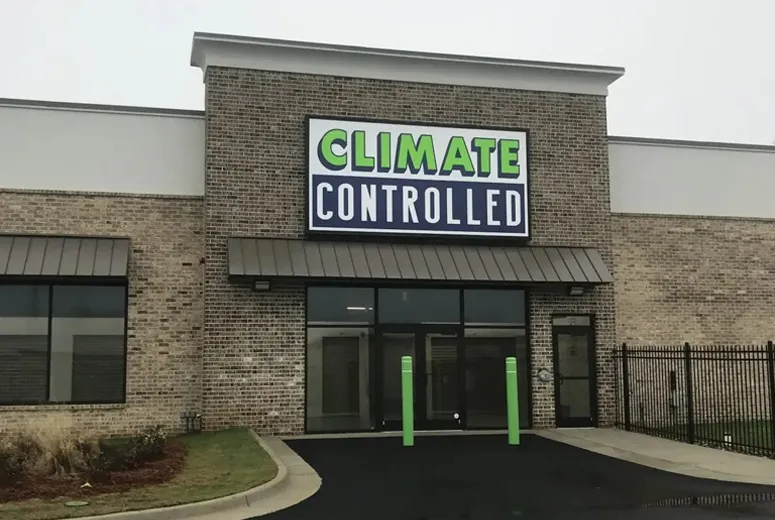- Afrikaans
- Albanian
- Amharic
- Arabic
- Armenian
- Azerbaijani
- Basque
- Belarusian
- Bengali
- Bosnian
- Bulgarian
- Catalan
- Cebuano
- Corsican
- Croatian
- Czech
- Danish
- Dutch
- English
- Esperanto
- Estonian
- Finnish
- French
- Frisian
- Galician
- Georgian
- German
- Greek
- Gujarati
- Haitian Creole
- hausa
- hawaiian
- Hebrew
- Hindi
- Miao
- Hungarian
- Icelandic
- igbo
- Indonesian
- irish
- Italian
- Japanese
- Javanese
- Kannada
- kazakh
- Khmer
- Rwandese
- Korean
- Kurdish
- Kyrgyz
- Lao
- Latin
- Latvian
- Lithuanian
- Luxembourgish
- Macedonian
- Malgashi
- Malay
- Malayalam
- Maltese
- Maori
- Marathi
- Mongolian
- Myanmar
- Nepali
- Norwegian
- Norwegian
- Occitan
- Pashto
- Persian
- Polish
- Portuguese
- Punjabi
- Romanian
- Russian
- Samoan
- Scottish Gaelic
- Serbian
- Sesotho
- Shona
- Sindhi
- Sinhala
- Slovak
- Slovenian
- Somali
- Spanish
- Sundanese
- Swahili
- Swedish
- Tagalog
- Tajik
- Tamil
- Tatar
- Telugu
- Thai
- Turkish
- Turkmen
- Ukrainian
- Urdu
- Uighur
- Uzbek
- Vietnamese
- Welsh
- Bantu
- Yiddish
- Yoruba
- Zulu
Oct . 11, 2024 09:50 Back to list
Understanding Steel Frame Costs Factors and Considerations
When it comes to construction, the choice of materials is a crucial decision that can significantly impact project costs and outcomes. Among the various materials available, steel frames have gained popularity for their durability, structural integrity, and scope for innovation. However, understanding steel frame costs is vital for effective project budgeting and management. This article explores the factors influencing the costs associated with steel frames, providing a comprehensive overview for those considering this construction method.
1. Material Costs
At the core of steel frame expenses are the costs of raw materials. The price of steel fluctuates based on global market trends, availability, and demand. Since steel is a commodity traded on international markets, its price can be influenced by various factors, including economic conditions, tariffs, and trade agreements. For accurate budgeting, it is essential to monitor these trends and assess how they might impact the cost of steel at the time of purchase.
2. Fabrication and Manufacturing
Once the steel is sourced, it undergoes fabrication, which involves cutting, shaping, and assembling the steel components to meet design specifications. This fabrication process can vary in complexity, directly affecting labor and overhead costs. The use of advanced technologies like Computer Numerical Control (CNC) machines can streamline the fabrication process, but these technologies often come with initial capital investment costs. Therefore, while more sophisticated fabrication might increase upfront costs, it can result in reduced labor time and enhanced accuracy, ultimately leading to savings.
3. Transportation and Logistics
Transportation is a key factor in the overall cost of steel framing. Steel components are typically heavy and require special handling, which means that logistics can become a significant part of the budget. Factors to consider include the distance from the fabrication facility to the construction site, the mode of transportation used, and any special handling requirements due to the size and weight of the steel components. Efficient planning and procurement strategies can help in minimizing transportation costs.
4. Labor Costs
steel frame cost

Labor associated with steel frame construction comprises skilled and unskilled workers involved in various stages, including installation, welding, and finishing. Skilled labor is often at a premium, especially in regions experiencing a construction boom. The demand for expert welders and steel erectors can lead to higher wages, which can significantly contribute to overall costs. Training and certification programs can mitigate some costs by ensuring that workers are adequately prepared for their roles.
The design phase plays a critical role in the cost of steel frames. Complex designs require more detailed engineering and can lead to increased material use and fabrication complexity, raising overall costs. A well-thought-out design that considers structural load, material efficiency, and construction methodology can help minimize costs. Additionally, engaging with experienced architects and engineers early in the process can identify cost-saving opportunities without compromising on quality.
6. Finishing and Maintenance
After installation, the finishing touches, including painting, coating, and insulation, can also factor into the overall cost of steel frames. Applying protective coatings can prevent corrosion and extend the life of the structure, leading to long-term savings. However, these processes require additional budget consideration upfront. Moreover, ongoing maintenance is integral to the longevity of steel structures; planning for maintenance costs in the budget can prevent unexpected expenses down the line.
7. Regulatory Considerations
Lastly, local building codes and regulations can impact steel frame costs. Compliance with safety standards, permits, and inspections can introduce additional expenses. It is essential to factor in these potential costs during the planning stage, as failure to comply can lead to fines or costly delays.
Conclusion
In conclusion, while steel frames offer numerous advantages in terms of strength and design flexibility, understanding the various factors that influence steel frame costs is essential for effective project management. By considering material costs, fabrication processes, labor, design complexities, finishing touches, and regulatory requirements, project managers and builders can develop a comprehensive budget that minimizes risks and maximizes the benefits of steel construction. With careful planning and strategic decision-making, steel framing can be a cost-effective and durable choice for modern construction projects.
-
How Do Prefabricated Steel Structures Transform Modern Construction?
NewsJul.14,2025
-
How Do Prefabricated Metal Buildings Redefine Modern Construction?
NewsJul.14,2025
-
How Do Prefab Insulated Metal Buildings and Steel Structures Revolutionize Modern Construction?
NewsJul.14,2025
-
How Do Pre - Engineered Steel Structures Redefine Modern Construction?
NewsJul.14,2025
-
Advancing Modular Construction with Prefabricated Metal Structures
NewsJul.14,2025
-
Advancing Industrial Infrastructure with Prefabricated Steel Solutions
NewsJul.14,2025
Products categories
Our Latest News
We have a professional design team and an excellent production and construction team.












